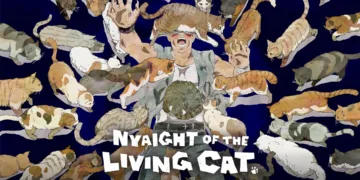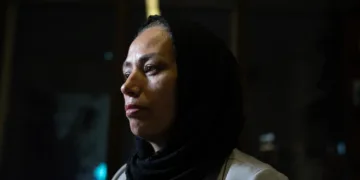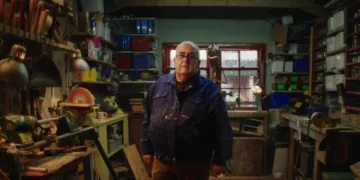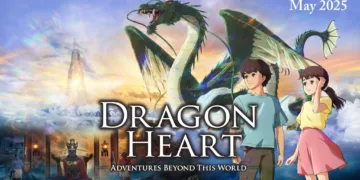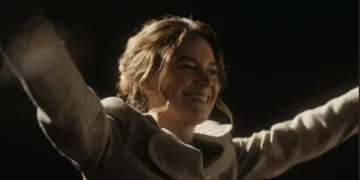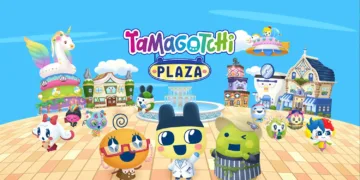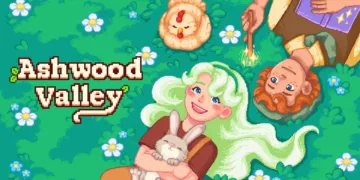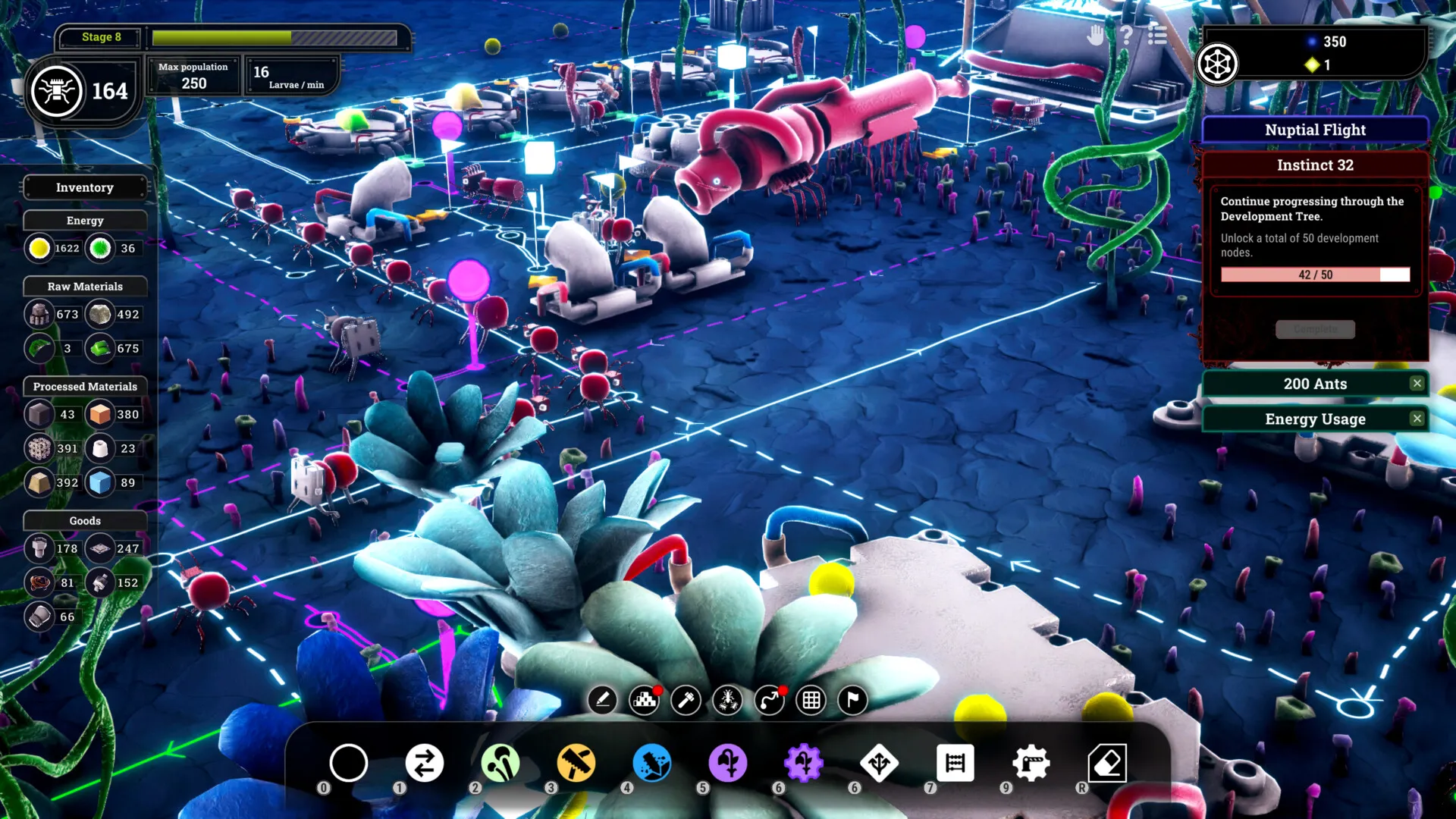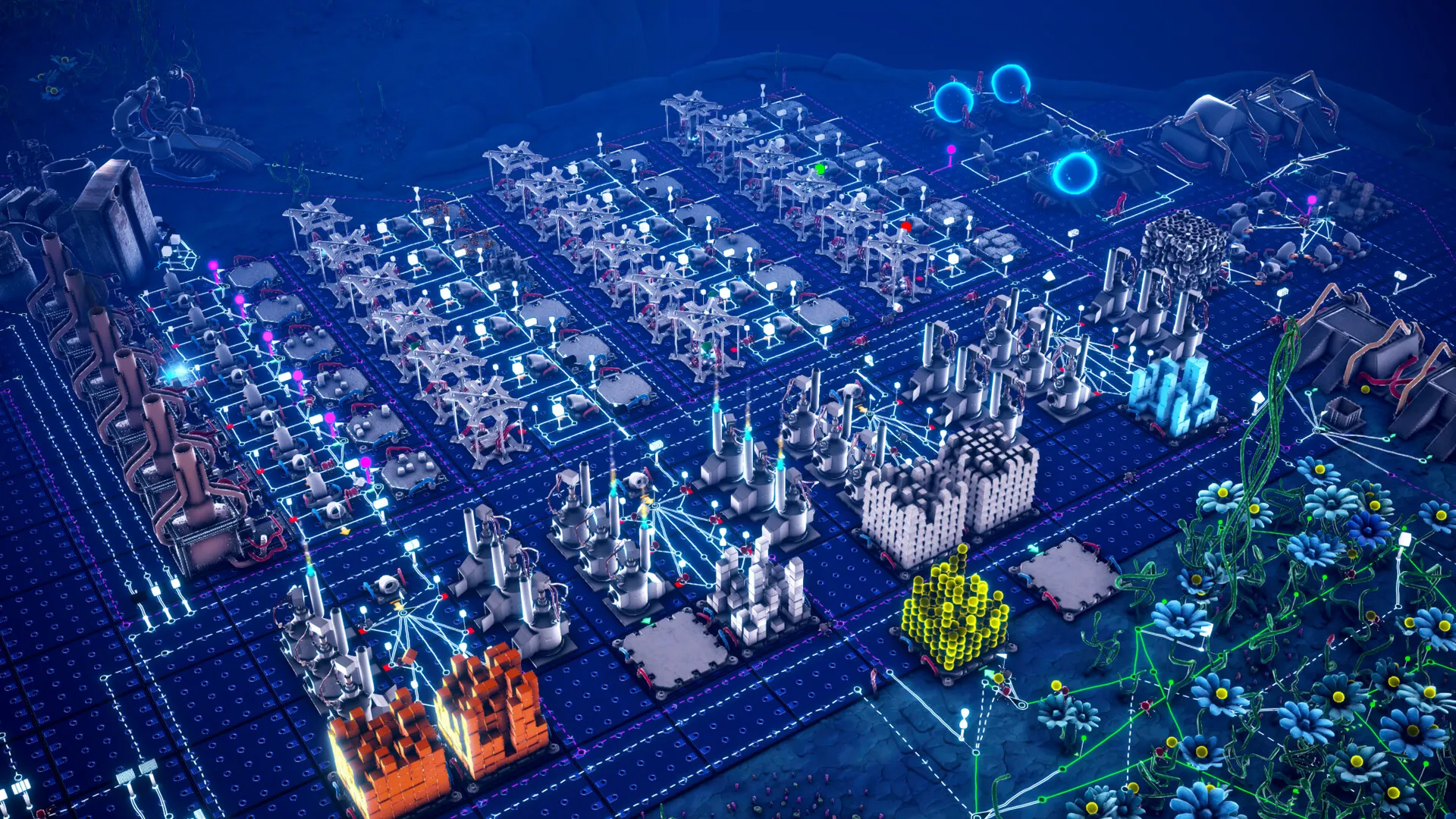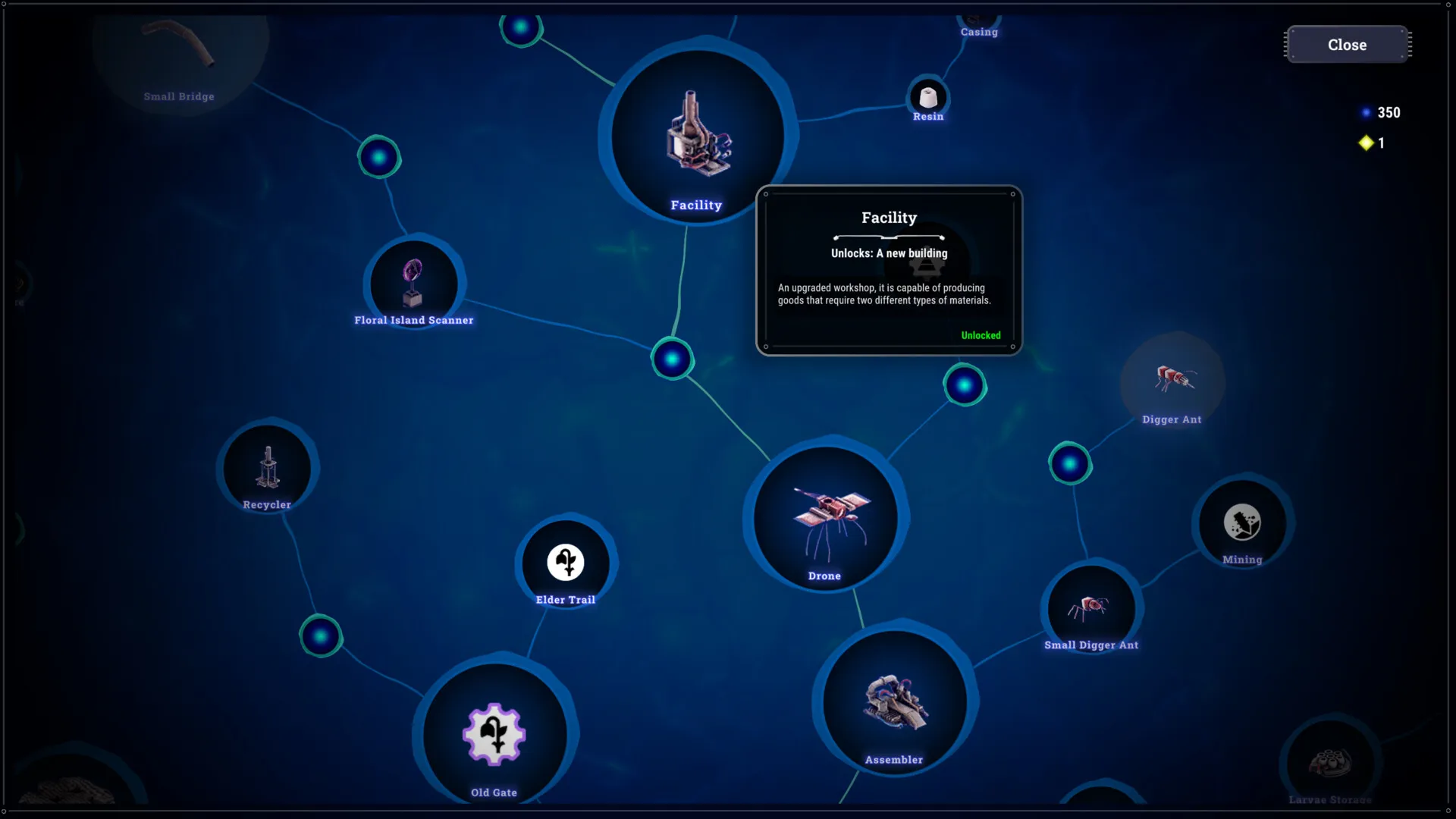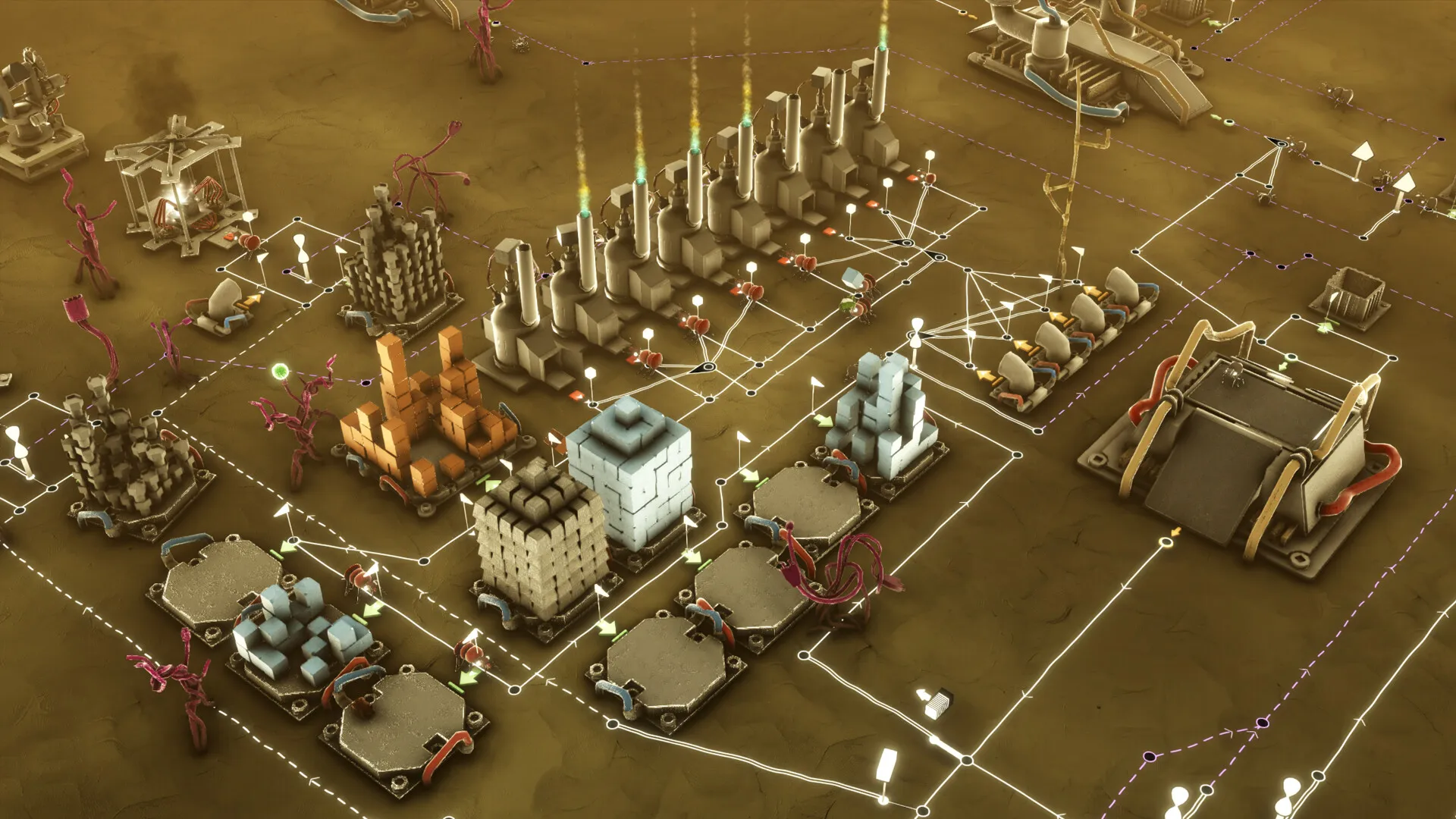Microtopia introduces players to a management system where ant colony operations are combined with resource automation puzzles. The game establishes a setting where mechanical insects work alongside industrial systems, drawing on images that resonate with ancient collective labor ideas and modern technological change.
A solitary queen supported by a few sentries slowly evolves into a sprawling network of production units, mirroring shifts seen in various artistic traditions that celebrate communal effort and organized progress.
The narrative design finds its roots in diverse cultural expressions, with elements like pheromone-guided trails and conveyor belt logic that evoke both natural behavior and engineered efficiency.
These design choices remind one of visual storytelling techniques found in international cinema, where scenes of everyday life intertwine with symbolic representations of societal transformation.
The technical progression in the game is represented by a tech tree that unlocks new ant roles and production facilities, prompting players to rethink the relationship between traditional practices and modern systems.
Fans of intricate logistics puzzles are invited into an experience that questions how established societal values interact with emerging ideas of automated productivity, leaving space for reflection on how narrative and mechanics merge within a global dialogue of cultural innovation.
Mechanics and Cultural Complexity
Microtopia presents a gameplay system where the rhythm of resource collection and logistical planning mirrors societal models found in various parts of the world.
Worker ants traverse landscapes to secure food and scrap metal, each resource playing a role in sustaining the queen and enabling further colony expansion. The cycle of feeding, producing, and growing the colony reflects practices seen in both traditional communal work and modern industrial operations.
The flow of gameplay unfolds as players arrange pathways that direct ant movement much like intricate conveyor systems in manufacturing hubs. In this design, players draw out precise trails that act as channels for the ants, using nodes, splitters, and logic gates to regulate movement.
The process requires careful thought as adjustments made on one path may ripple through the colony’s efficiency, highlighting a tension between planned structure and spontaneous adaptation. This system invites comparison with narrative techniques found in international cinema, where symbolic gestures convey deeper layers of meaning through the choreography of everyday actions.
Ant behavior is integral to the system. Each ant begins life as a small worker, assigned tasks that range from resource collection to participation in expansive production lines, before ultimately expiring and necessitating a renewal of the workforce.
This cycle mirrors cultural rituals of birth, life, and renewal found in many societies, connecting gameplay with symbolic interpretations of human labor and legacy. Strategies to maintain production while accommodating the short lifespan of ants demand both foresight and adaptability.
Players are encouraged to design systems that balance efficiency with a constant need to replace lost elements, creating a microcosm of larger economic or social networks.
The planning required for optimal resource flow is both a technical and interpretive challenge. The careful orchestration of production chains—ensuring that each ant’s journey from resource collection to storage or processing is well-timed—requires intricate planning reminiscent of choreographed sequences in film. As the colony expands, the need to manage increasingly complex networks grows, presenting players with evolving puzzles that require refined tactical responses.
The game’s mechanics create a space where narrative design and system operation interact, prompting reflections on themes of growth, decline, and renewal across diverse cultural settings. This design invites players to consider how order and chaos exist in tandem within both digital ecosystems and real-world communities, leaving room for ongoing exploration and interpretation.
Tech Tree and Progression Dynamics
Microtopia features an expansive tech system that transforms initial simplicity into a refined network of decisions and upgrades. The progression mechanism centers on a tech tree that gradually reveals new functionalities, allowing the player to expand production capabilities and introduce specialized ant roles.
For example, inventor ants contribute inventor points once they have been fed, enabling the unlocking of advanced trail components and new production facilities. This system mirrors the layered process found in many cultural traditions where progress is marked by incremental mastery of skills and technologies.
Players encounter an array of trail enhancements and logic gate options that provide finer control over ant traffic. New pathways and production modules become available as the colony develops, offering specialized ant types such as heavy carriers, diggers, and even flying ants.
Each of these roles introduces fresh tactical challenges, requiring players to balance immediate needs with long-term growth strategies. Investment in the tech tree becomes a careful exercise in resource management; each decision regarding inventor points carries implications for both efficiency and expansion.
The progression curve is gentle at first, providing a period of adjustment before the system’s complexities come to the fore. Early gameplay offers a clear structure that gradually evolves into intricate production puzzles, demanding strategic foresight and responsive adjustments.
This layered design reflects a dialogue between traditional methods of craftsmanship and modern, systematic planning, sparking thoughts on how cultural practices and industrial innovation can coexist and inform each other in interactive media.
Visual and Acoustic World Building
Microtopia presents a striking visual presentation where the design of robotic ants reflects influences from industrial design and natural order. The ant models display a level of detail that distinguishes each type—from the sturdy carriers to the nimble diggers—suggesting a dialogue between modern machinery and traditional craftsmanship.
The artistic direction draws inspiration from diverse cultural motifs, hinting at influences that span different parts of the globe. The settings include multiple biomes that offer distinctive textures and color palettes, creating a sense of place that is both mechanical and organic.
The audio landscape complements this artistic framework with a set of ambient tones and gentle harmonies. The background sounds, characterized by subtle clicks and soft echoes, help form an environment where each action resonates with a measured cadence.
Audio cues assist in marking production milestones and shifts in resource flow, adding a rhythmic counterpoint to the visual experience. This interaction between sound and image resembles techniques found in international cinema, where the score and visuals work together to evoke mood and enhance narrative moments.
The construction of the game world invites players into a space that feels crafted with care and influenced by varied artistic traditions. The depiction of a colony operating through a complex network of trails and production centers serves as a metaphor for societal systems seen around the world.
Observing the transformation of ant appearances as they age brings to mind cultural rituals and artistic expressions of change. The overall effect is a setting that is both meticulously arranged and open to interpretation, providing a platform where themes of identity, societal roles, and technological progress meet in unexpected ways.
User Interface and Control Systems
Microtopia presents a UI that marries clarity with room for exploration, reflecting a design sensibility found in diverse cultural traditions of usability. The interface layout features clearly defined sections where essential elements stand out, even as some components hint at placeholders that await refinement.
Interaction occurs through the careful drawing of trails, the strategic placement of dispensers, and the fluid management of resource flow. Players encounter a system that offers a certain flexibility; for example, repositioning buildings and extending trails can be performed with ease, a design choice that resonates with international practices of user-centric design.
Visual cues, such as glowing elements during guided moments, help new players orient themselves, echoing the subtle teaching techniques seen in global cinematic narratives. The interface supports real-time adjustments that reflect the constant evolution of a living production network.
A pause feature plays a vital role, allowing players to map out complex logistics without unintended interruptions. This system encourages an engagement that is as much about precision as it is about cultural appreciation for well-crafted interactive environments, leaving a space where management techniques intersect with creative expression and cross-cultural design influences.
Sustained Engagement and Adaptive Challenge
Microtopia offers an experience where the progression from simple resource tasks to complex optimization puzzles reflects a synthesis of traditional and modern design practices. Early in the game, players manage straightforward activities that gradually reveal intricate challenges requiring thoughtful planning and tactical adjustments.
The act of feeding the queen and arranging production chains establishes a rhythm reminiscent of cultural storytelling seen in global visual arts, where each small decision contributes to a larger narrative.
The design demands a careful balance between letting automated systems operate and stepping in to address unexpected issues. This dynamic interplay creates moments where players must fine-tune their setups, echoing techniques found in international cinematic storytelling where visual and narrative elements interact to shape meaning.
The ongoing challenge of crafting a seamless production chain encourages repeated play, as each session presents subtle variations that prompt players to rethink their strategies.
The diversity of ant roles—each contributing in distinct ways to the colony’s efficiency—adds layers to the experience, inviting reflections on how structured systems coexist with the need for human ingenuity. In this way, the game mirrors discussions about cultural traditions evolving alongside technological innovation, leaving an open-ended inquiry into the persistence of established routines amid change.
The Review
Microtopia
Microtopia delivers a thought-provoking simulation experience that challenges players with intricate logistical puzzles and dynamic world-building. Its deep progression system and immersive design offer substantial rewards for those willing to master its complexities, though the steep learning curve may not suit every player.
PROS
- Innovative gameplay mechanics
- Rich visual and audio design
- Deep and rewarding progression system
CONS
- Steep learning curve






















